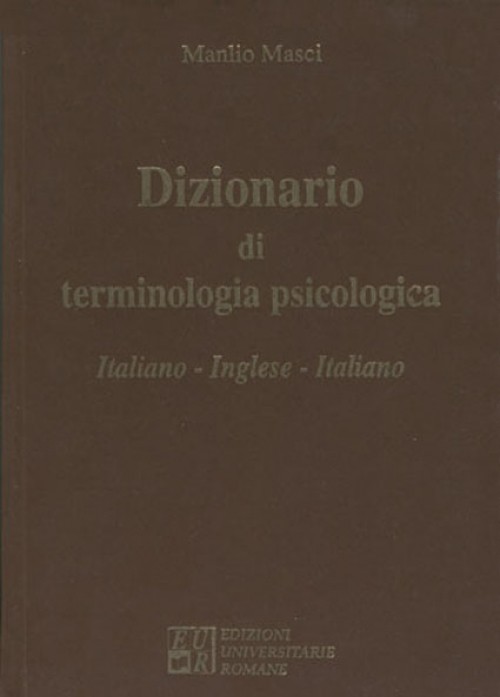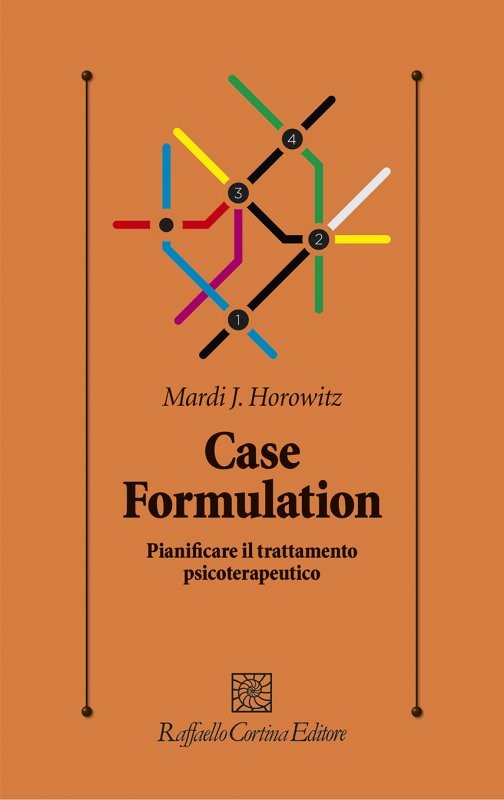Price: £22.50
Published: 2007
Synopsis
International researchers and clinicians renowned for their work in the field of early autism come together to resolve queries around the long debate on the development and resolution of autism. In this book contributors outline their views on the possibility of preventing the full development of autistic behaviour. They set down clear guidance for professionals in identifying early signs of alarm and offer a model of psychoanalytically informed interventions to treat the pre-autistic infant.
Description
As a group, babies later diagnosed as autistic are found to have more complications during gestation and delivery than their normal siblings and others. In addition to all these complications, infants later diagnosed on the autistic spectrum have a two-fold rate of residence in neonatal intensive care units. Over the past 50 years, ever younger previously non-viable very low weight babies are being kept alive, some born as much as four months before term. However, it is becoming apparent that miraculous procedures to counteract organ immaturity and prolonged incubation contribute to a new gamut of hitherto unknown forms of neurological damage. With pregnancy curtailed, prematurely separated mothers and their babies both experience a prolonged state of limbo, with the fragile infant being exposed to excruciating medical interventions and overwhelming stimulation.
‘Theories of autism have undergone many changes since it was originally defined by Kanner as an affective disorder caused by deficient parental interaction. Debates about emotional or organic origins determined subsequent plans of management. Each decade has brought its own contribution to understanding the condition. Since then autism has been identified as a developmental impairment due to a variety of causes which may include genetic, neurological, infectious, metabolic, immunologic and environmental factors, all contributing to atypical brain development, which in turn leads to the autistic child's 'deficient experience of intersubjectivity', as Peter Hobson has defined it.
Neonatal research reveals that innate capacities for sociability, self-regulation, thought and language are activated through intensely bi-directional emotional interactions with others, within critical periods.
Neonatal research also confirms that even genetic endowment is modified or inhibited by the specific emotional climate of the family environment into which each baby is born. Although the prevention of autism still lies in the future, this book offers hope of alleviating distress through psychodynamic therapeutic work with the family to enhance intersubjective communication and foster the growth potential of the infant.
This book brings hope where despair has prevailed.It offers the prospect of early detection of prodromal signs of autism and the possibility of effective therapeutic mitigation of the parents' unbearable predicament of perpetually failing to engage a seemingly unresponsive infant.'
- Professor Joan Raphael-Leff, from the Foreword
Contents
Introduction: expectations and experiences of parents with a pre-autistic baby by Joan Raphael-Leff
PART I History of early signs and interventions
Chapter 1 The prodromal phase of autism and outcome of early treatment by Henry Massie
PART II Research on early signs
Chapter 2 Signs of autism in infancy: sensitivity for rhythms of expression in communication by Colwyn Trevarthen, C. St. Clair and Laurent Danon-Boileau
Chapter 3 Early signs of autism in the first year of life by Filippo Muratori and Sandra Maestro
Chapter 4 Early signs related to posture and communication-the child's attitude and the mother's reaction by Laurent Danon-Boileau Chapter 5 The PREAUT research: evaluation of a consistent set of tools identifying early communication perturbations which could lead to a developmental disorder of the autistic spectrum by Graciela Cullere-Crespin
PART III Approaches of early intervention
Chapter 6 From a distance - early intervention as a way to attune and find a channel for communication by Stella Acquarone
Chapter 7 Infants at risk - attachment disorders: Diagnosis and treatment by Hanna Alonim
Chapter 8 Prosody with babies at risk for autism: treatment and research by Marie-Christine Laznik
Chapter 9 Changing Destinies: The theory and practice of reaching emotionally withdrawn infants by Stella Acquarone
Chapter 10 Helping toddlers to communicate: infant observation as an early intervention by Maria Rhode
PART IV Theoretical contributions
Chapter 11 Me, You and the Others: on being born emotionally by Stella Acquarone
Chapter 12 Developmental and autistic aspects of vocalisation by Maria Rhode
Summary and conclusions: the case for training, early screening, early treatment and further research
About the Author
STELLA ACQUARONE, Phd, is the Director of the Parent-Infant Clinic of the School of Infant Mental Health in London and its branch in the USA. She is a practising adult and child psychotherapist and has worked in the NHS for thirty one years. She is a member of the British Psychological Society, the Association of Child Psychotherapists and the London Centre for Psychotherapy. She has pioneered studies in early infant clinical research and development, and lectures internationally on all aspects of infant-parent development and psychotherapy. She has written extensively in professional papers, journals and chapters in books. She has taught infant observational studies and new clinical strategies in working with disturbed children.


